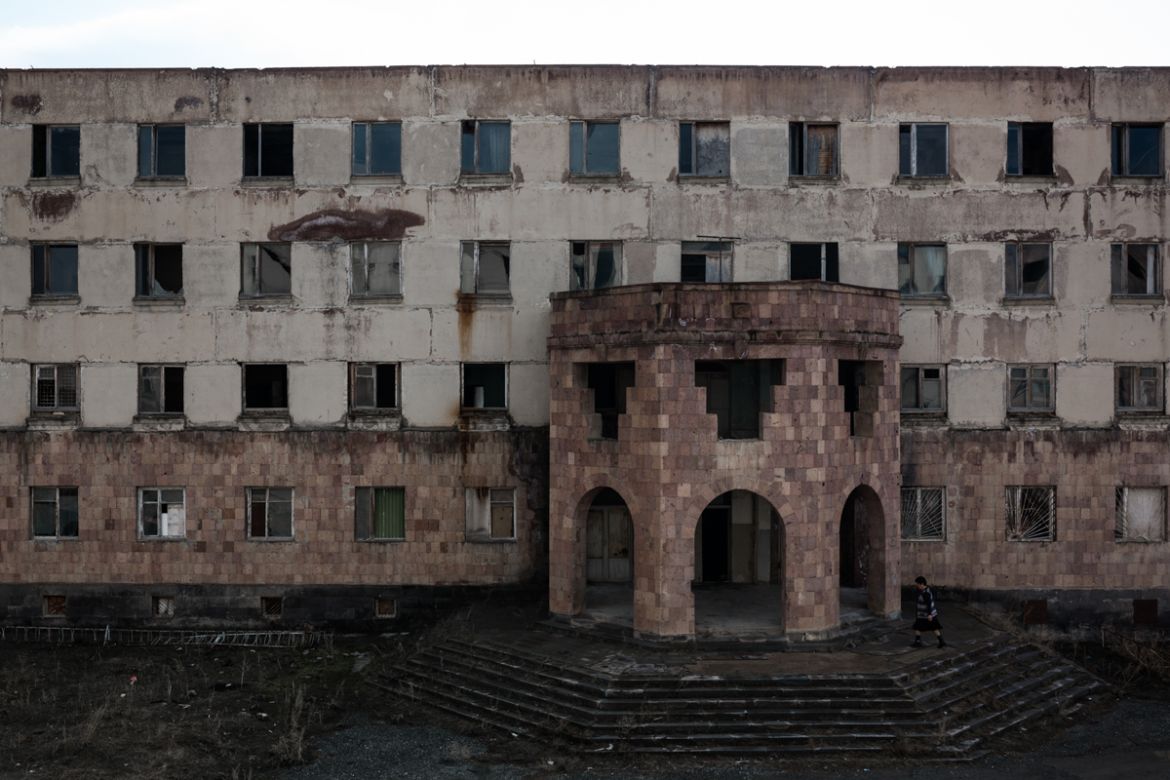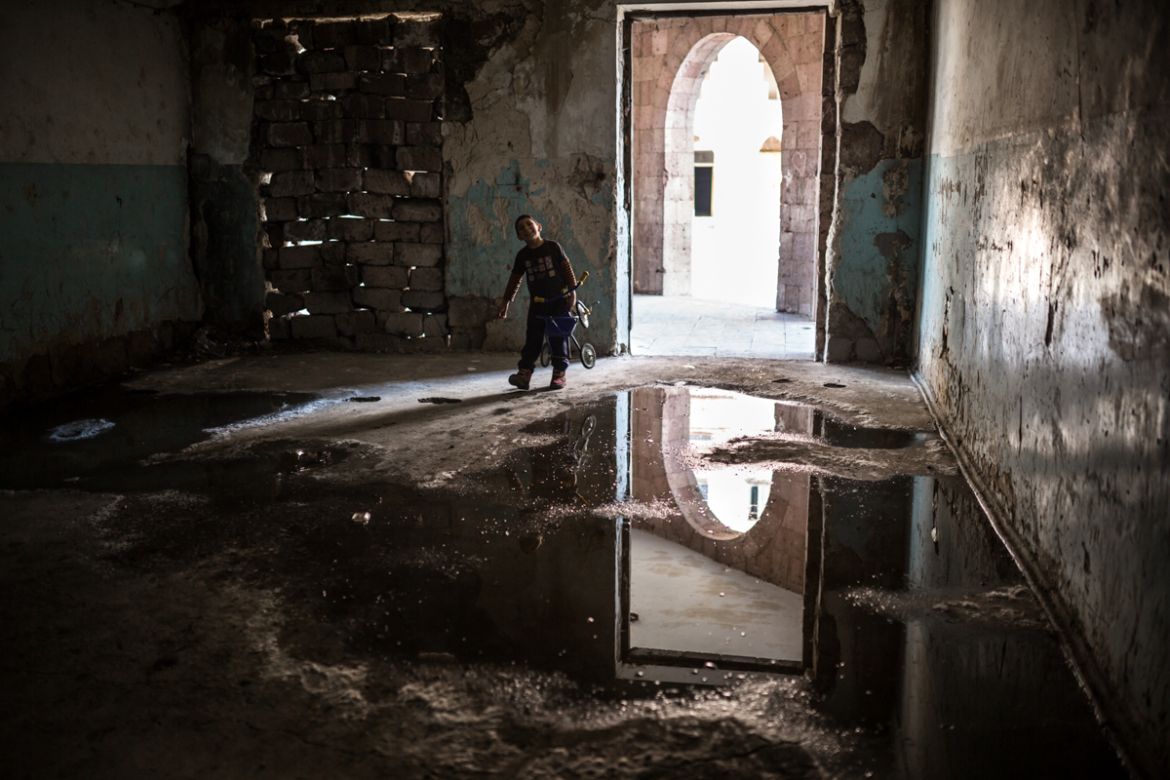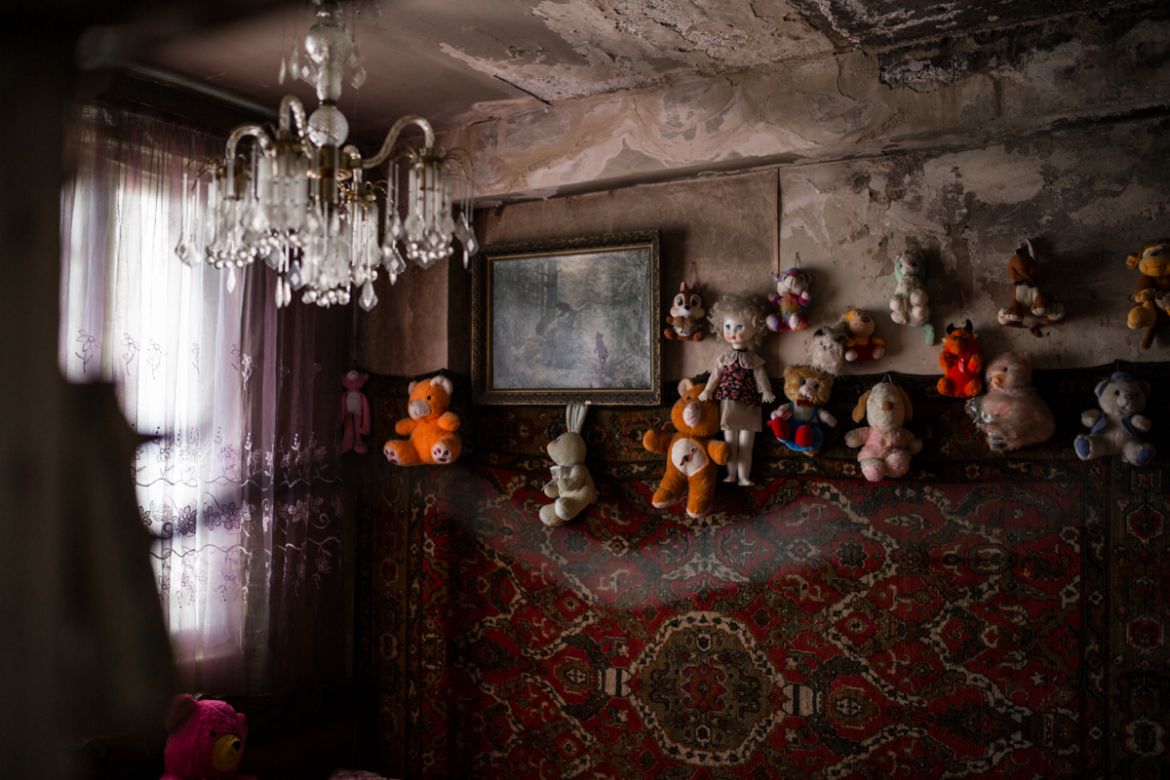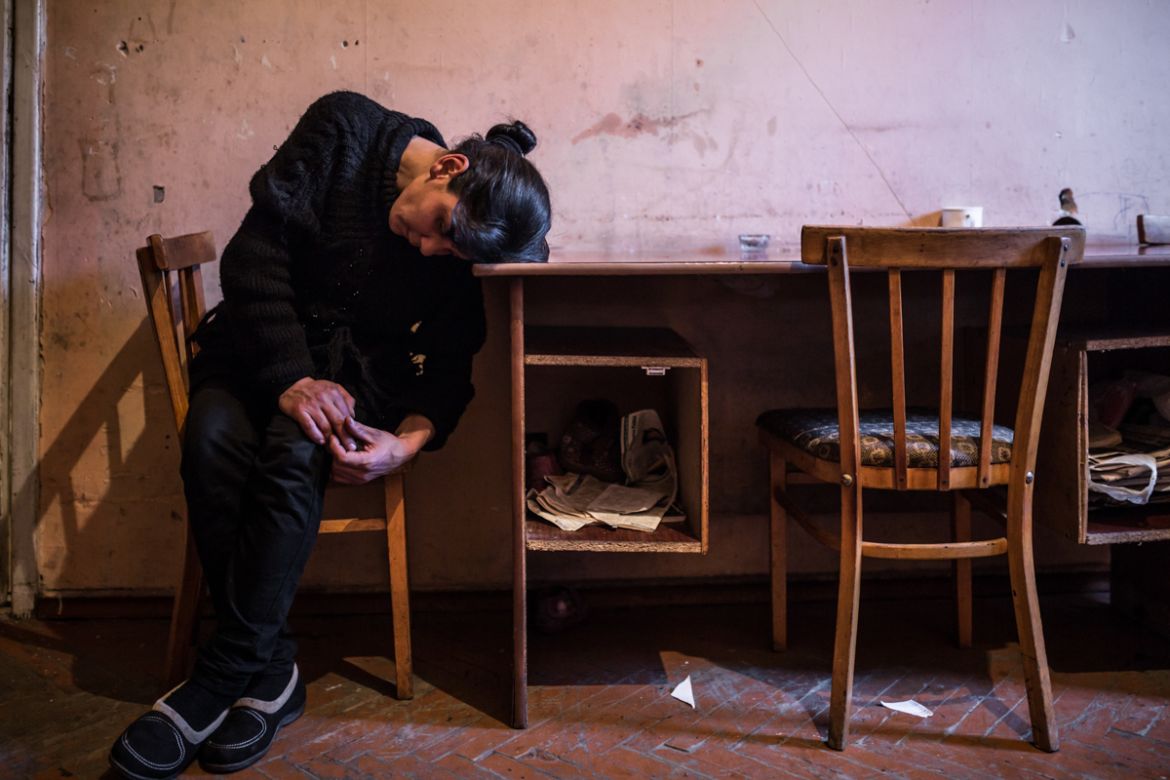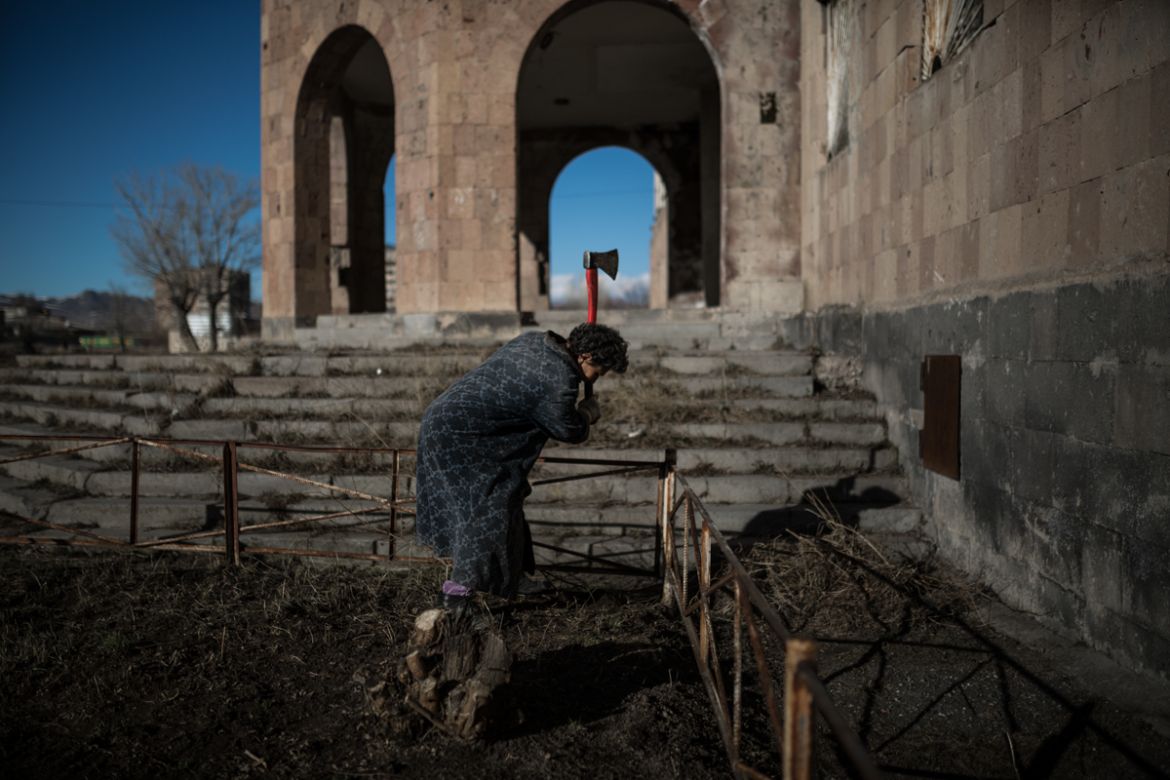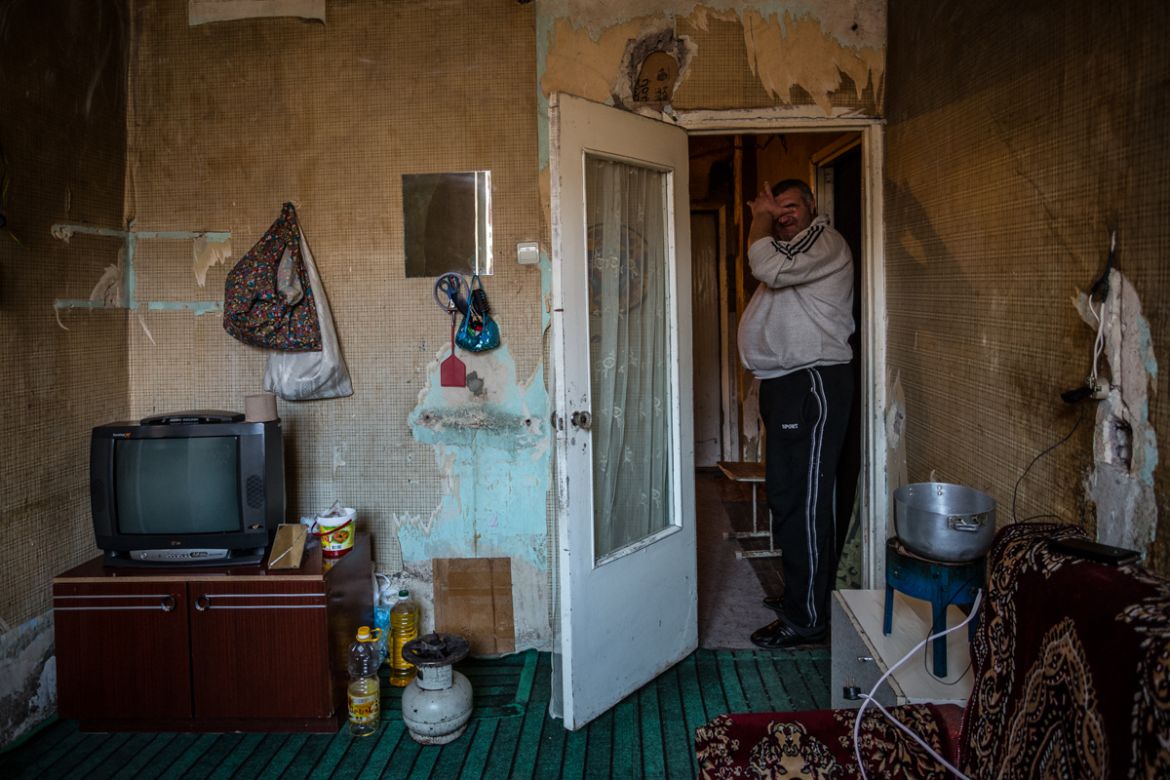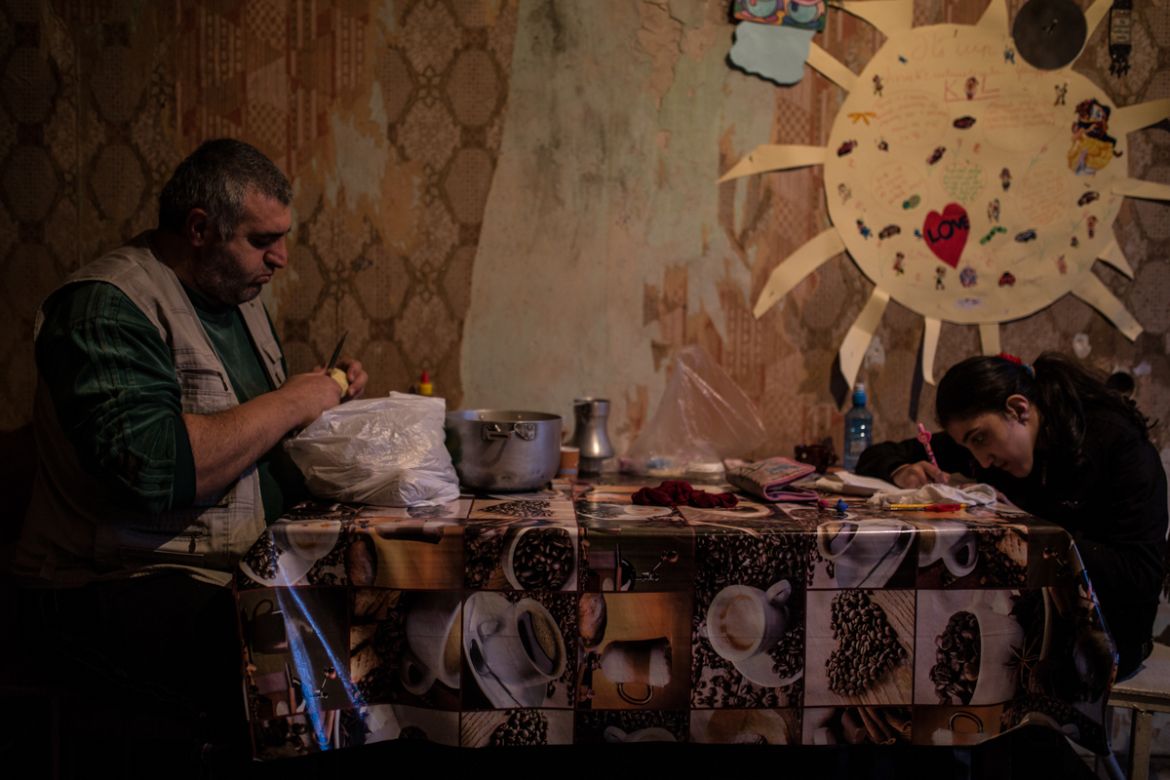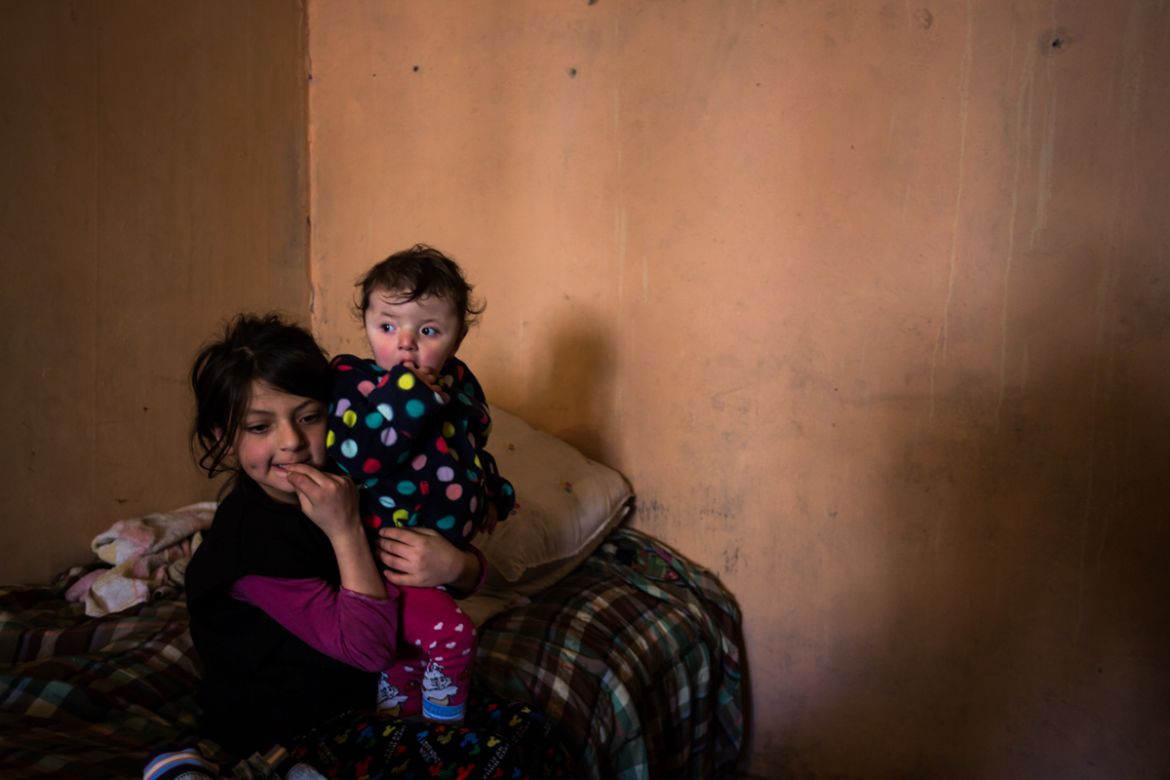In Pictures
The forgotten survivors of the Gyumri earthquake
With the highest poverty rates, many of the city’s inhabitants are still struggling to make ends meet.
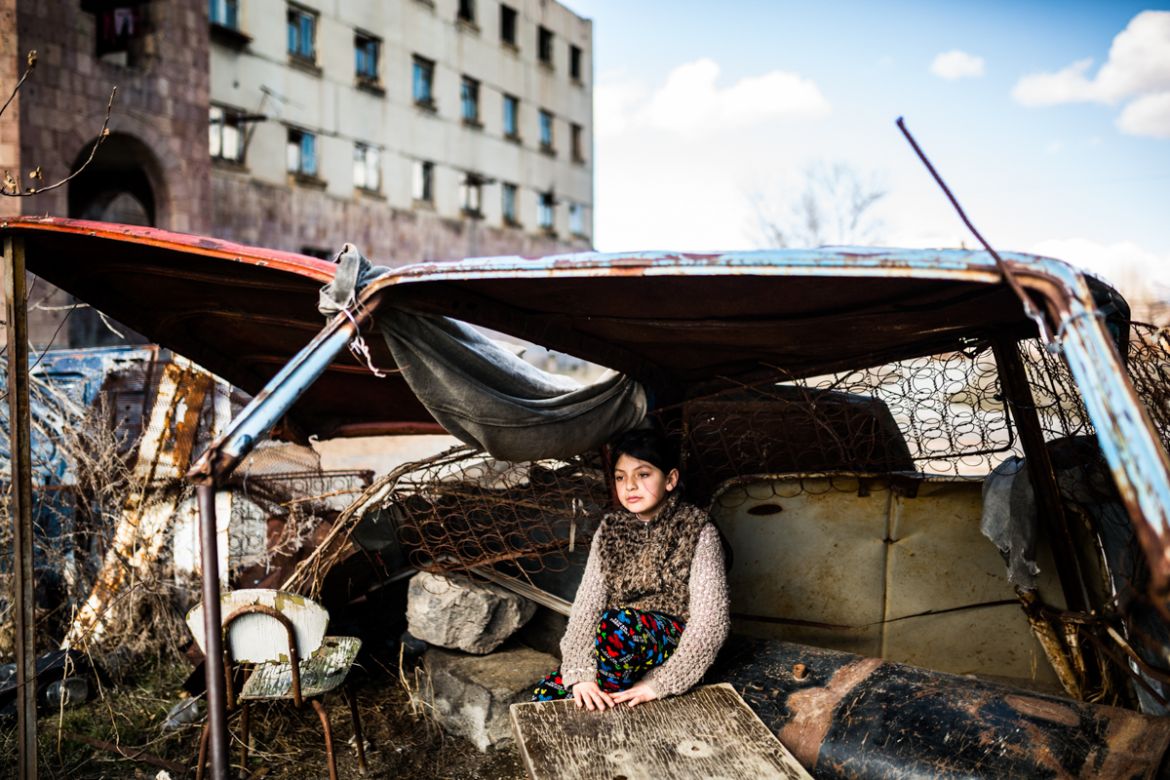
Gyumri, Armenia – In Gyumri time is measured as “before” and “after” the earthquake. On December 7, 1988, an earthquake measuring a magnitude of 7.0 on the Richter scale struck northern Armenia, killing at least 25,000 people and injuring hundreds of thousands more. A countless number of people were left homeless as high-rise apartment blocks collapsed like dominoes.
Gyumri, Armenia’s second largest city, suffered much of the damage.
Soon after the tragic event, the Soviet Union collapsed and in 1991, Armenia gained its independence, but this transition was full of turmoil. A war with neighbouring Azerbaijan, with consequent energy shortages and an economic blockade, left the landlocked country and its inhabitants in dire conditions.
A quarter of a century later, although the situation has improved for Armenia, the city of Gyumri has the highest poverty rate in the country at about 45 percent. The city has lost nearly half of its population since 1988, due in part to unemployment and emigration of the labour force.
According to local NGOs, a few thousand families live in makeshift shelters because they cannot afford to buy or rent the newly built apartments that were erected in the city after the earthquake.
During the Soviet era, Gortsaranayin 2A and 2B, twin buildings on the outskirts of Gyumri, accommodated around 120 families. Although they did not collapse in the earthquake, due to significant structural damage, most residents abandoned the buildings. But, four families continue living here among decaying walls and corridors, with no hope for a better life.
